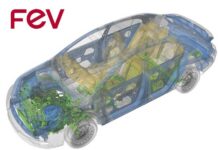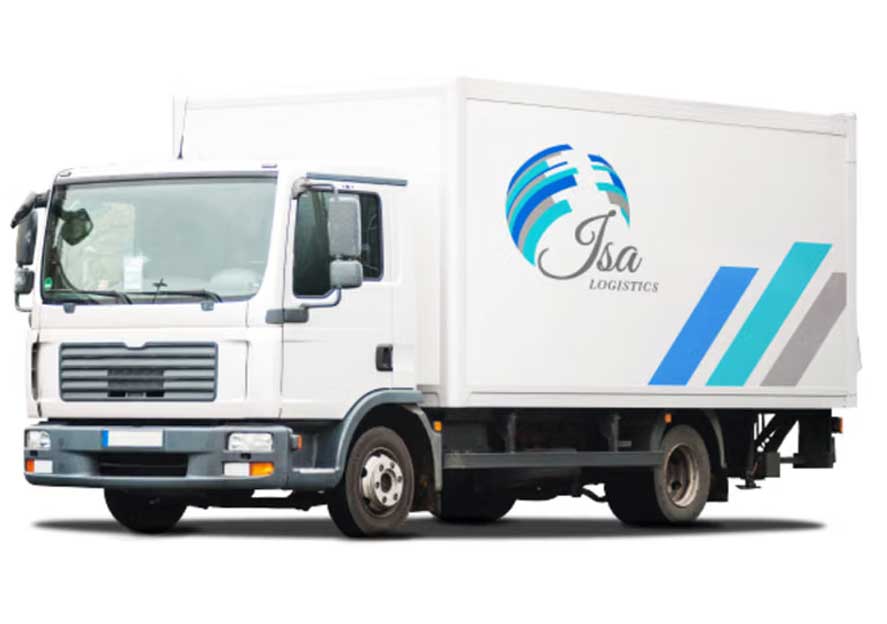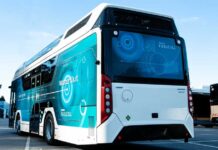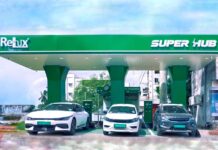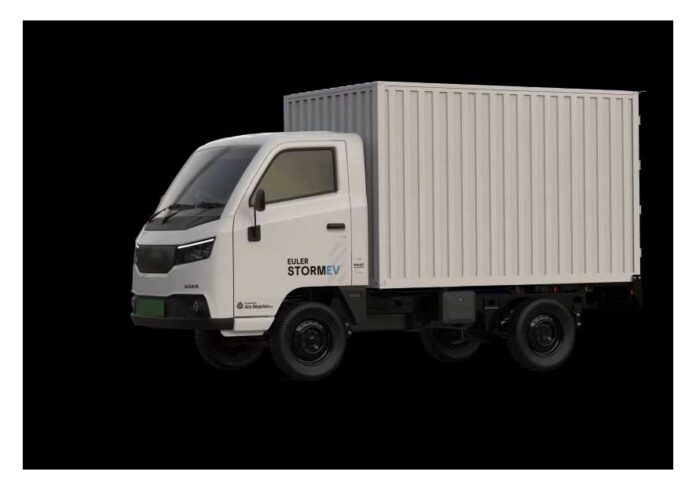
India’s transport and logistics sector is at a pivotal juncture. Once dominated by diesel-powered vehicles, the industry is now steering toward a cleaner, smarter future powered by electricity and data. This shift isn’t just a matter of environmental urgency—it’s being driven by rising fuel costs, evolving consumer demands, and a nationwide push toward sustainability. As e-commerce surges and last-mile delivery becomes a cornerstone of urban mobility, the need for efficient, low-emission fleet solutions has never been greater. In this article, we explore how India is navigating the complex transition from diesel to digital—leveraging electric vehicles, innovative financing models, and smart technologies to redefine the future of commercial mobility.
For years, India’s logistics and transport sector relied heavily on diesel—a fuel that’s not only polluting but also increasingly costly. However, a significant shift is underway. Driven by the rise of e-commerce, the expansion of last-mile delivery, and growing corporate focus on sustainability, fleets across the country are steadily going electric.
This transformation is fuelled by both economic and environmental imperatives. As fuel prices climb, internal combustion engine (ICE) fleets are becoming less viable, while electric vehicles (EVs) offer lower running and maintenance costs. Simultaneously, stricter emission regulations from city and state authorities are pushing companies to decarbonize their operations.
Despite this momentum, challenges remain. High upfront EV costs, limited financing options, and uneven charging infrastructure continue to hinder widespread adoption. To navigate these hurdles, the industry is turning to innovative solutions—such as EV leasing models, battery-swapping networks, and fleet intelligence platforms—that reduce ownership burdens and make the transition to electric more accessible and efficient.
One notable example is Alt Mobility, a Delhi-based fleet solutions provider leading the charge in tech-enabled EV adoption for commercial use. The company offers flexible leasing options for electric three- and four-wheelers, bundled with maintenance, insurance, and battery monitoring services. Through its innovative Driver-Cum-Owner model, Alt enables drivers and small fleet operators to lease vehicles with the option to own them after three years—making EV ownership more attainable. By integrating financial accessibility with smart technology, Alt is playing a key role in easing the industry’s shift from diesel-powered fleets to cleaner, digital alternatives.
Technology has also been a game-changer across the sector. Today’s electric fleets are increasingly “digital fleets”, equipped with telematics that track vehicle health, battery performance, and driver behavior in real time. Predictive maintenance and data-driven insights are improving uptime, which is crucial for high-utilization sectors like delivery and logistics.
As India targets 30% EV penetration by 2030, the electrification of commercial fleets could well be the tipping point. The move from diesel to digital isn’t just about cleaner vehicles—it’s about building a smarter, more efficient, and more sustainable transport ecosystem. Companies like Alt Mobility demonstrate that with the right combination of technology and operational support, the transition to electric fleets is not only feasible but accelerating.



